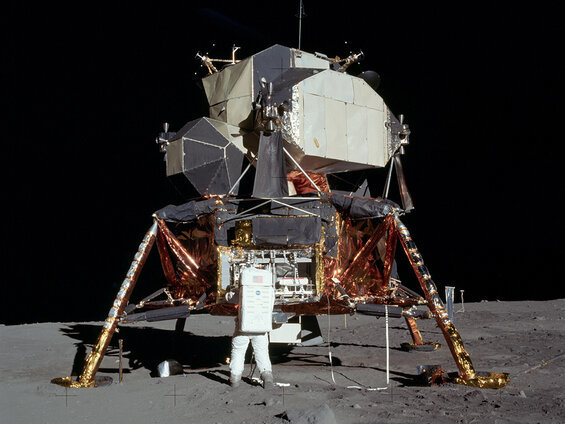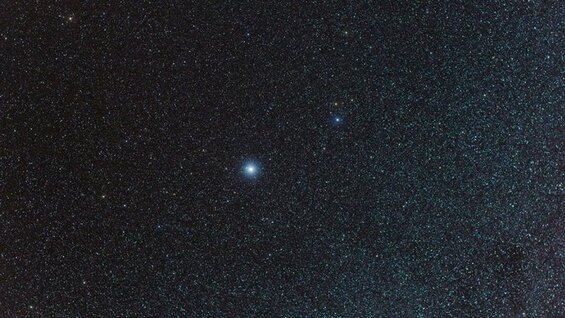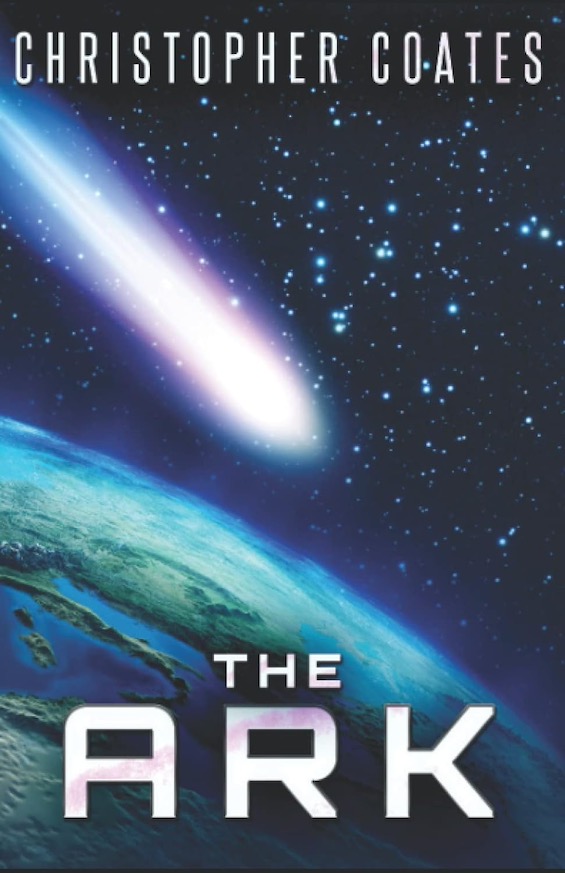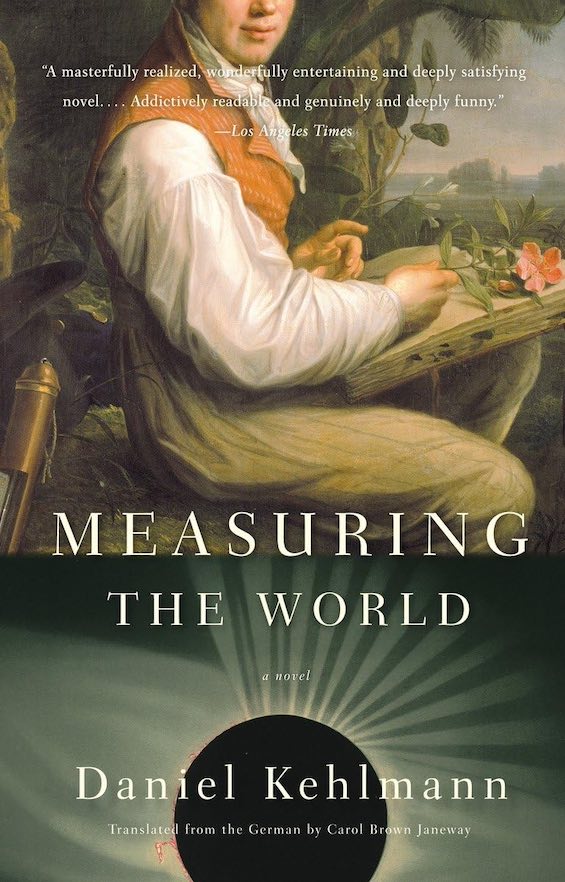
This book starts out spooky. Then it gets really weird. If you’re up for that, join Peter Cawdron for a wild ride through space and time in another original First Contact adventure. Déjà Vu might be characterized as Philip K. Dick and Arthur C. Clarke meet Groundhog Day. It’s one of seventeen standalone novels Cawdron has written to date to explore the many possibilities inherent in a first meeting between the human race and extraterrestrial intelligence. But it’s the first that can be called weird science fiction.
So, here’s what happens. Or seems to.
It’s 2132. Astrobiologist Jessica Rowe is one of a crew of eight astronauts on the starship Intrepid. It’s the first mission planned for an interstellar journey to Procyon Alpha A in humanity’s initial effort to spread beyond the solar system. They’re two days out from leaving Earth’s orbit. On a spacewalk to explore problems that have cropped up in the ship, Jess is in mid-conversation with her colleagues when the Intrepid suddenly explodes. She and everyone else on the mission dies in an instant.
Then it happens again. And again. And again . . . until Jess wakes up in the far-distant future in a research facility on a moon circling a gas giant called Styx around Procyon Alpha.
But this is a First Contact novel. And there are no aliens in the picture. Or are there?
Did I say weird science fiction? And that’s only the beginning. The story rockets (as it were) from one place and time to another. Eventually, the Apollo 11 Lunar Excursion Module shows up in the picture. And, yes, it plays a significant role in the tale.
Déjà Vu (First Contact #16) by Peter Cawdron (2021) 244 pages ★★★★★

About that star system
Much of the action in this weird science fiction novel takes place on a moon circling a gas giant around the star Procyon A in the constellation Canis Minor. It’s located some 11.5 light-years away from us and is thus one of our closest stellar neighbors. It’s an interesting choice. In reality, the Procyon stellar system consists of two stars. Procyon Alpha A, as Cawdron calls it, is a massive, white-hued star almost seven times as bright as our sun, while Procyon B is a much dimmer white dwarf. The two rotate around each other in a distended orbit. To date, so far as I can determine, no exoplanets have been identified in the system. Peter Cawdron imagines the gas planet Styx with its many moons to orbit Procyon A. It appears more likely that any exoplanet that could conceivably harbor life in any form we might recognize would instead appear around the much smaller and less luminous Procyon B. There, anything that moved wouldn’t be burned to a crisp by the intense heat of the star.

A word about the author
Peter Cawdron appends an Afterword to this and, so far as I can tell, every other novel in his First Contact series. There, he often explains the inspirations for the story and relates, sometimes in great detail, the science behind what he’s written. “Déjà Vu is a tribute to H. G. Well’s The Time Machine,” he notes. Wells “wrote about the Eloi and the Morlocks emerging millions of years after our civilization had fallen. Inspired by that, I wanted to write a story that explored the deep future.” But if you think that reference explains the mystery behind the title, think again. As I’ve said, it’s weird science fiction. Because, in this novel’s Afterword, he also discusses NASA’s Moon Shot and humanity’s inability to communicate with other intelligent species on Earth.
For more reading
This is one of the novels in Peter Cawdron’s insightful First Contact book series.
For more good reading, check out:
- The ultimate guide to the all-time best science fiction novels;
- Great sci-fi novels reviewed: my top 10 (plus 100 runners-up);
- Seven new science fiction authors worth reading; and
- The top 10 dystopian novels reviewed here (plus dozens of others).
And you can always find my most popular reviews, and the most recent ones, plus a guide to this whole site, on the Home Page.




























Thank you, Mal, for your interesting and insightful reviews. The First Contact series has me hooked and now, several others in my family. Peter Cawdron’s concept of breaking up the obviously countless possibilities in a first contact situation into several stand alone books is brilliant. Each story keeps me on the edge of my seat and really pisses off my wife because I stay up until 3 or 4 in the morning reading.
Thanks! Yes, I’ve had much the same reaction.